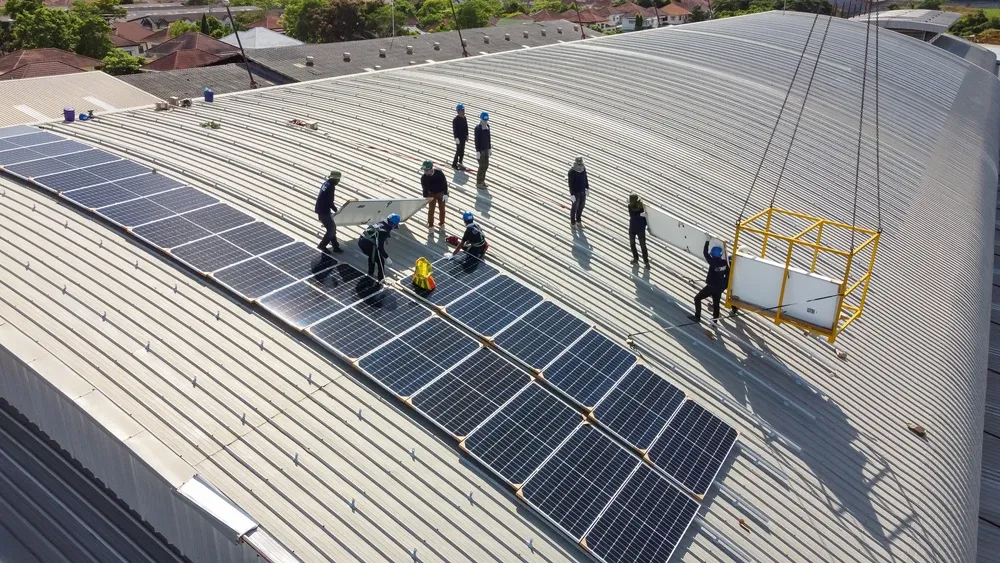Centrifugal Compressors and Steam Turbines: Operation and Maintenance Course
Introduction:
Understanding the construction, operation, and servicing of centrifugal machines and steam turbines is crucial for the efficient functioning of process plants. This is increasingly important in today's environment, where consistent and efficient production is vital for maintaining competitiveness.
This course on centrifugal compressors and steam turbines: operations and maintenance will emphasize the importance of proper design, operation, and maintenance across various processes within sectors such as chemical processing, oil refining, gas production, and electric power generation.
Participants, including engineers, technicians, and operators, will be oriented toward recommended practices for these pieces of equipment, encompassing design, operation, maintenance, and repair. The course will focus on the physical aspects of operational challenges and their resolutions.
Objectives:
At the end of this course on centrifugal compressors and steam turbines, participants will be able to:
- Identify the operation and design of centrifugal compressors and steam turbines.
- Choose the correct type and size of equipment required for specific industrial designs.
- Employ techniques for determining the extent of wear and tear and inefficiency of the equipment.
- Utilize best practices and procedures aimed at root cause analysis.
- Select the optimal remedies and remediation measures for operational effectiveness.
Training Methodology:
- Lectures
- Hands-on workshops
- Case studies
- Group discussions
- Simulated exercises
- Assessment and feedback
Course Outline:
Unit 1: Gas Thermodynamics
- Gas Laws
- Centrifugal Compressor Aerodynamics – Thermodynamics
- Gas velocity and pressure variations in a centrifugal compressor
- Pressure, temperature, and composition of gases dependences of mass and volume flow rates
- The use of gas molar mass and its impact on operations
- Gas composition and operating parameters influencing discharge temperature and absorbed power
- Surge and choke monitoring and control
Unit 2: Centrifugal Compressors - Design and Operation
- Basic functions of different types of compressors
- Classification of compressors based on configuration and application
- Global codes and standards for compressor design
- Main components of centrifugal compressors
- Efficiency analysis of centrifugal compressors
- Recommendations for the undisturbed operation of centrifugal compressors
Unit 3: Steam Thermodynamics
- Steam properties and the Mollier charts
- Estimation of imperfection of the Rankine cycle
- Secret KWH production per steam requirement
- Ultra-supercritical conditions
Unit 4: Steam Turbines – Design and Operation
- Main elements and technical characteristics of steam turbine design
- Rotating and stationary blades, re-direction, revision, and control
- Internal and external seals, steam equipment, and spiral case rotating joints
- Radial and thrust journal bearings
- Stop-control – non-return turbine valves
- Turbine controls and interlocks
Unit 5: Maintenance of Rotating Machines
- Machines piping and ground regulations
- Alignment of thermal machines
- Balancing of rotating machines
- Surface treatments of sealing interfaces
- Online washing
- Troubleshooting through vibration analysis, oil analysis, and thermography


















